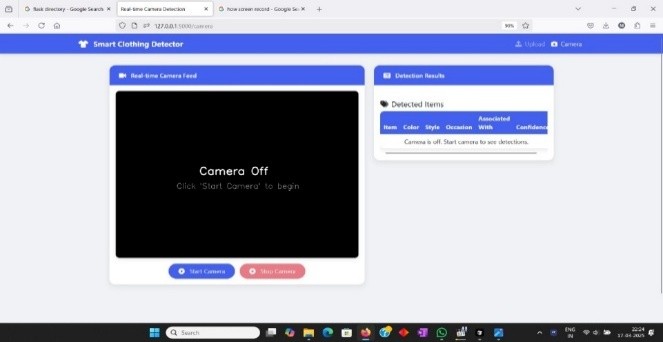Dress Code Detection using YOLOV8N,AI and Machine Learning Tool
Main Article Content
Abstract
Object detection based on deep learning has emerged as a potent method for dress code monitoring. But even the most advanced detection models eventually experience missed detections or false alarms, particularly when working with small targets like masks and caps. This study suggests a novel approach to clothing code monitoring that gets beyond these restrictions by utilizing a new dress code assessment criterion, the DeepSORT tracking, and an enhanced YOLOv8n model. Three methods are used to enhance the YOLOv8n model: The model's feature fusion capability is improved by (1) adding a new neck structure called FPN-PAN-FPN (FPF), (2) using Receptive-Field Attention convolutional operation (RFAConv) to better capture the differences in information brought by different positions, and (3) adding a Focused Linear Attention (FLatten) mechanism to increase thereceptive field of the model. This enhanced YOLOv8n model reduces model size while increasing mAP. In order to retrieve instance information over several frames, DeepSORT is then integrated. In conclusion, we implement a novel criterion for judging real-scene dress code compliance. The experimental findings demonstrate that our approach decreases false alarms, increases accuracy, and successfully detects instances of clothing infractions.
